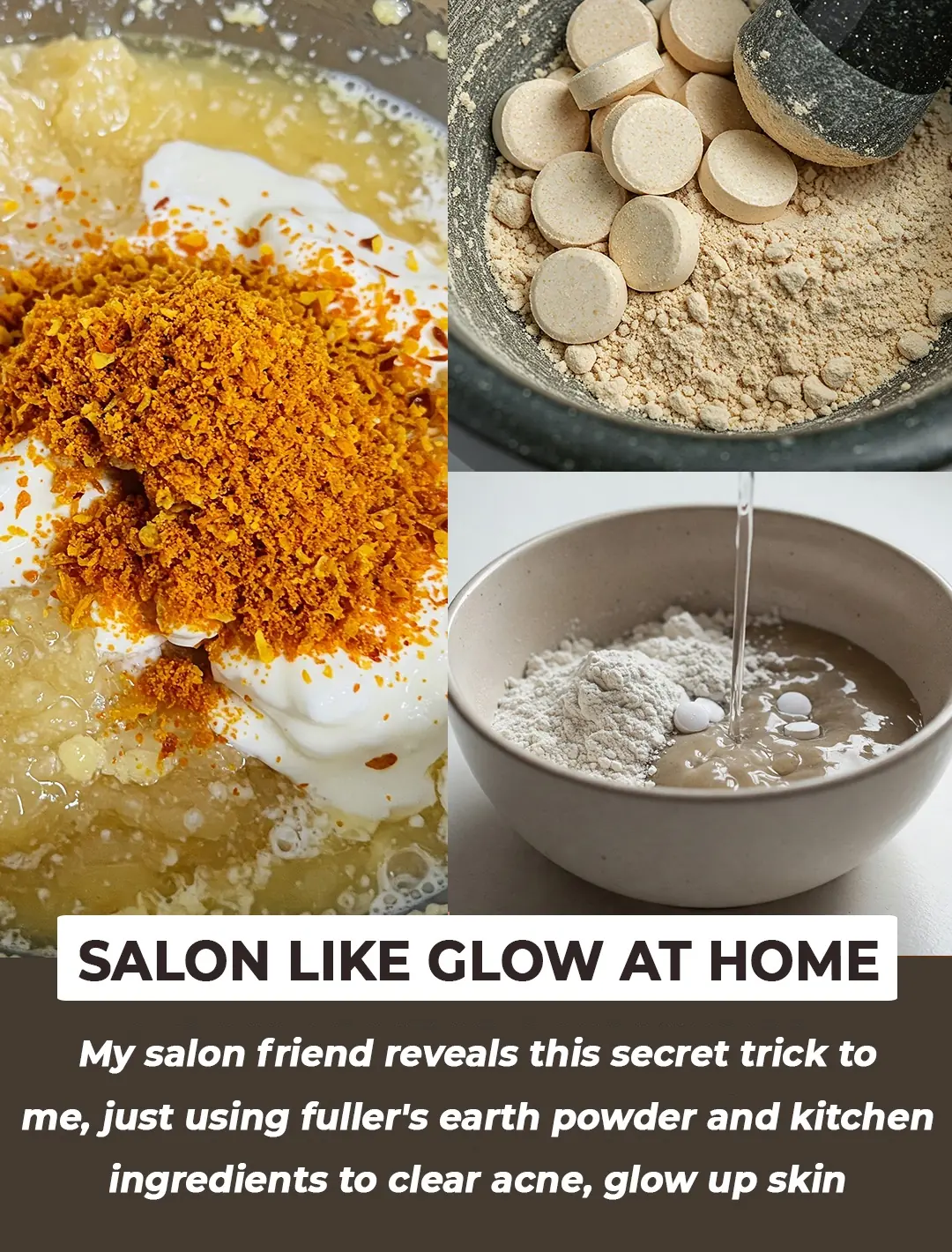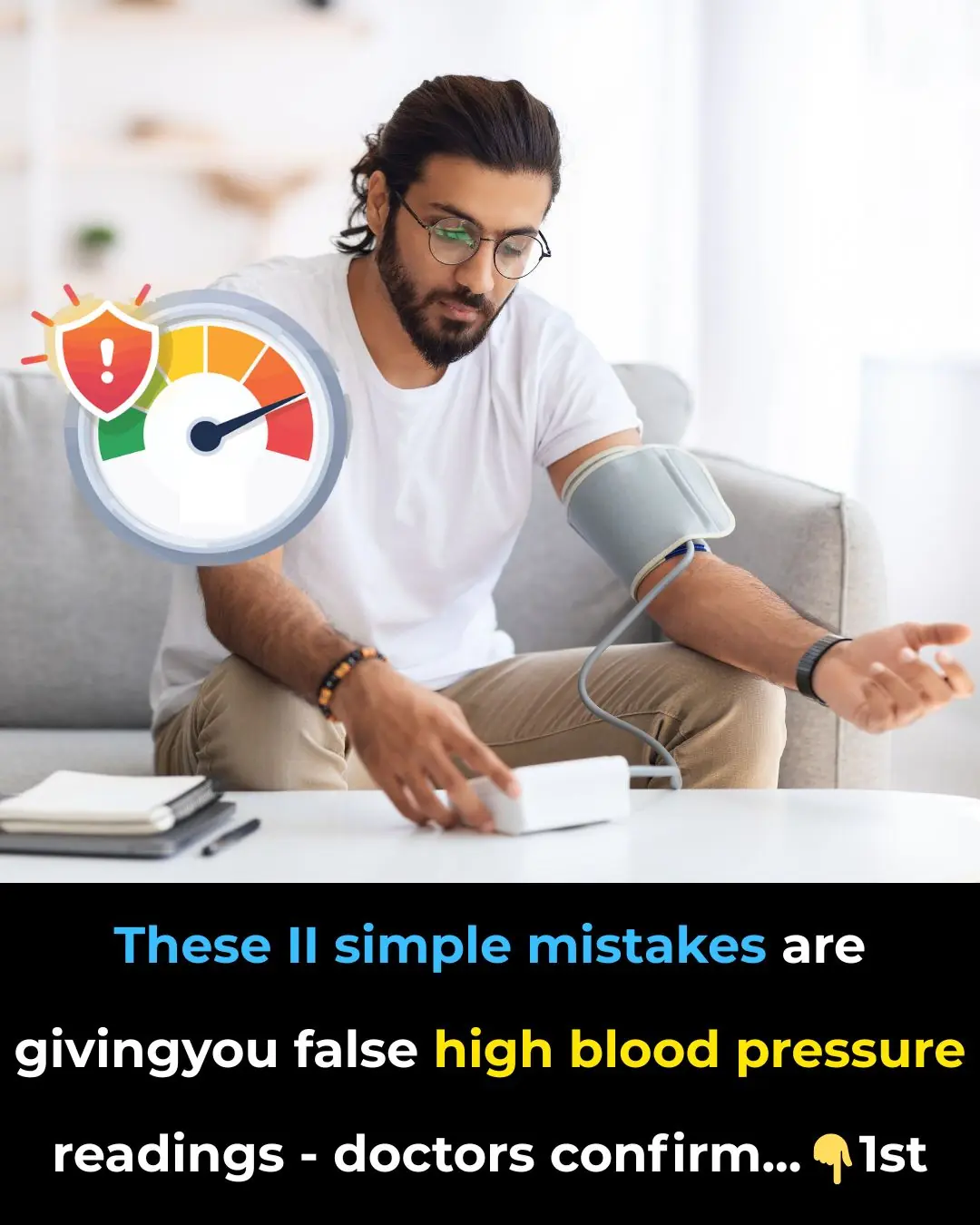
How to Effectively Remove a Painful Ingrown Toenail WITHOUT Having To Go To The Doctor
If You’ve Ever Had an Ingrown Toenail, You Know How Miserable It Can Be
Anyone who has experienced an ingrown toenail understands just how painful—and frustrating—it can be. Even simple daily activities like walking, wearing socks, or putting on shoes can trigger sharp, throbbing pain. What starts as a minor irritation can quickly turn into a serious problem if the area becomes infected. In fact, untreated infections around the nail can spread faster than most people expect. (Updated September 12, 2022)
🔍 When Your Nail Isn’t Growing Properly
Onychocryptosis, the medical name for an ingrown toenail, is extremely common and affects people of all ages. It occurs when the edge of the toenail curves downward and begins to grow into the surrounding skin instead of straight outward. As the nail presses deeper into the skin, it can create tiny tears that easily become infected by bacteria or fungus (1,2).
The most common causes include:
-
Cutting the nails too short or rounding the corners
-
Wearing shoes that squeeze the toes
-
Stubbing or injuring the toe
-
Repeated pressure from running or sports
Less common causes include:
-
Thickened nail plates
-
Naturally curved or unusually shaped nails
-
Deformities like hallux valgus (bunions)
-
Subungual exostosis (bone growth under the nail)
-
Use of certain medications, such as isotretinoin for acne
⚠️ How to Recognize an Ingrown Toenail
Ingrown toenails are usually easy to spot. As the nail digs deeper into the skin, people often experience:
-
Pain and tenderness along one or both edges of the nail
-
Swelling, redness, and warmth in the area
-
Possible fluid or pus if an infection begins to develop
Doctors classify ingrown toenails into three stages (4):
Stage 1 (Mild)
Inflammation, swelling, redness, and pain when pressure is applied.
Stage 2 (Moderate)
Increased swelling with drainage, clear signs of infection, and small ulcers around the nail.
Stage 3 (Severe)
Chronic inflammation, significant pain, and excessive growth of skin around the nail.
Stages 2 and 3 usually require professional treatment or surgery.
But here’s the good news: Stage 1 can almost always be treated at home with consistent care.
🦶 6 Ways to Treat an Ingrown Toenail at Home

These natural remedies take time and consistency, but they can help your nail grow normally again.
Important: If you have diabetes, neuropathy, poor circulation, or immune conditions, talk to a podiatrist before trying home treatments. Improper care can worsen the problem.
1. Epsom Salt Soak
A warm Epsom salt bath is one of the most effective home treatments. Epsom salt (magnesium sulfate) helps to:
-
Reduce inflammation
-
Soften the nail
-
Draw out fluid
-
Reduce bacteria on the skin (5)
How to do it:
Soak your foot for about 15 minutes, 3–4 times a day. After soaking, gently lift the corner of the nail with a sterilized file to reduce pressure. Always dry the foot thoroughly and cover it with a clean bandage.
2. Castile Soap Soak
If multiple foot baths are difficult to schedule, try soaking twice daily in warm water mixed with castile soap. Castile soap is naturally antibacterial and helps prevent infection while keeping the skin clean and soft.
3. Apple Cider Vinegar Rinse
If you suspect a fungal infection, apple cider vinegar (ACV) is a great alternative.
Use ¼ cup of vinegar in warm water for soaking, or apply diluted ACV directly around the nail. Vinegar’s antifungal and mild antibacterial properties help keep bacteria from spreading (6).
4. Essential Oil Antibiotic Ointment
Essential oils contain powerful natural antimicrobial compounds. You can make your own soothing ointment using:
-
5 drops eucalyptus
-
5 drops tea tree
-
5 drops lavender
-
2 drops peppermint
-
1 drop oregano
-
2 oz coconut oil
-
2 oz aloe vera gel
Massage the mixture gently into the skin after soaking and drying your foot. Store in a sealed glass jar and reapply 2–3 times a day before bandaging.
This not only reduces pain and swelling but also helps fight bacteria and prevent infection.
5. Dental Floss & Cotton Lift Technique
This classic technique helps the nail grow above the skin instead of into it.
After soaking:
-
Slide a small piece of unflavored dental floss under the nail edge
-
Gently lift—don’t force
-
Insert a tiny piece of sterile cotton or gauze beneath the corner
-
Replace the cotton with a fresh piece at least once daily
After 1–2 weeks of consistent care, the nail usually grows out correctly.
6. Change Your Shoes
Shoes can make or break your healing process. High heels and tight shoes squeeze the toes, pushing the nail deeper into the skin.
Switch to:
-
Wide-toe-box shoes
-
Soft sneakers
-
Sandals or open-toe shoes
This reduces pressure and speeds up healing dramatically.
🦵 The Ultimate At-Home Ingrown Toenail Care Routine
For best results, combine multiple methods:
-
Soak your feet in Epsom salt, castile soap, or apple cider vinegar.
-
Gently lift the nail edge with a clean file or piece of dental floss.
-
Rinse the area with hydrogen peroxide or diluted ACV. (Expect a slight sting.)
-
Place a bit of sterile gauze under the lifted nail.
-
Apply your homemade antibiotic ointment or a natural antibacterial.
-
Bandage the toe loosely—enough to protect it without pressing the nail downward.
-
Wear open-toe or wide shoes while healing.
-
Repeat daily until the nail grows out properly.
🛡️ Preventing Future Ingrown Toenails
To avoid repeating the cycle:
-
Trim your nails straight across, not rounded
-
Avoid cutting them too short
-
Wear shoes with proper toe space
-
Keep your feet clean and dry, especially after workouts
-
Moisturize the skin around the nails but avoid softening the area too much
If you experience ingrown toenails frequently—more than once or twice a year—it’s a good idea to see a podiatrist. Some people naturally have nail shapes that make ingrown toenails more likely, and a professional can offer long-term solutions.
News in the same category

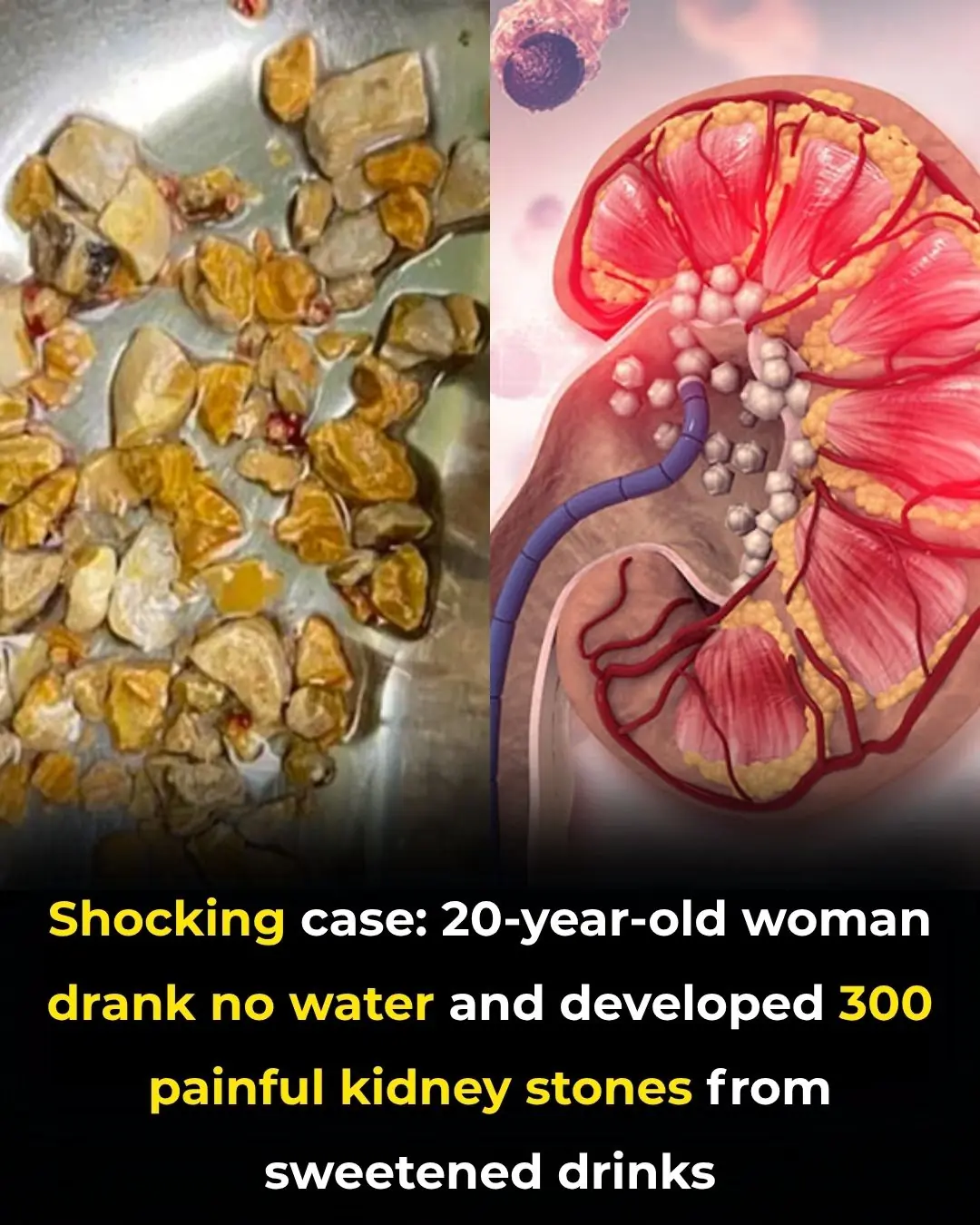
More Than 300 Kidney Stones: A Startling Warning About Sugary Drinks and Dehydration

Vitamins Every Senior Needs for Stronger Legs

What It Means If You Always Need To Poop Straight After Eating
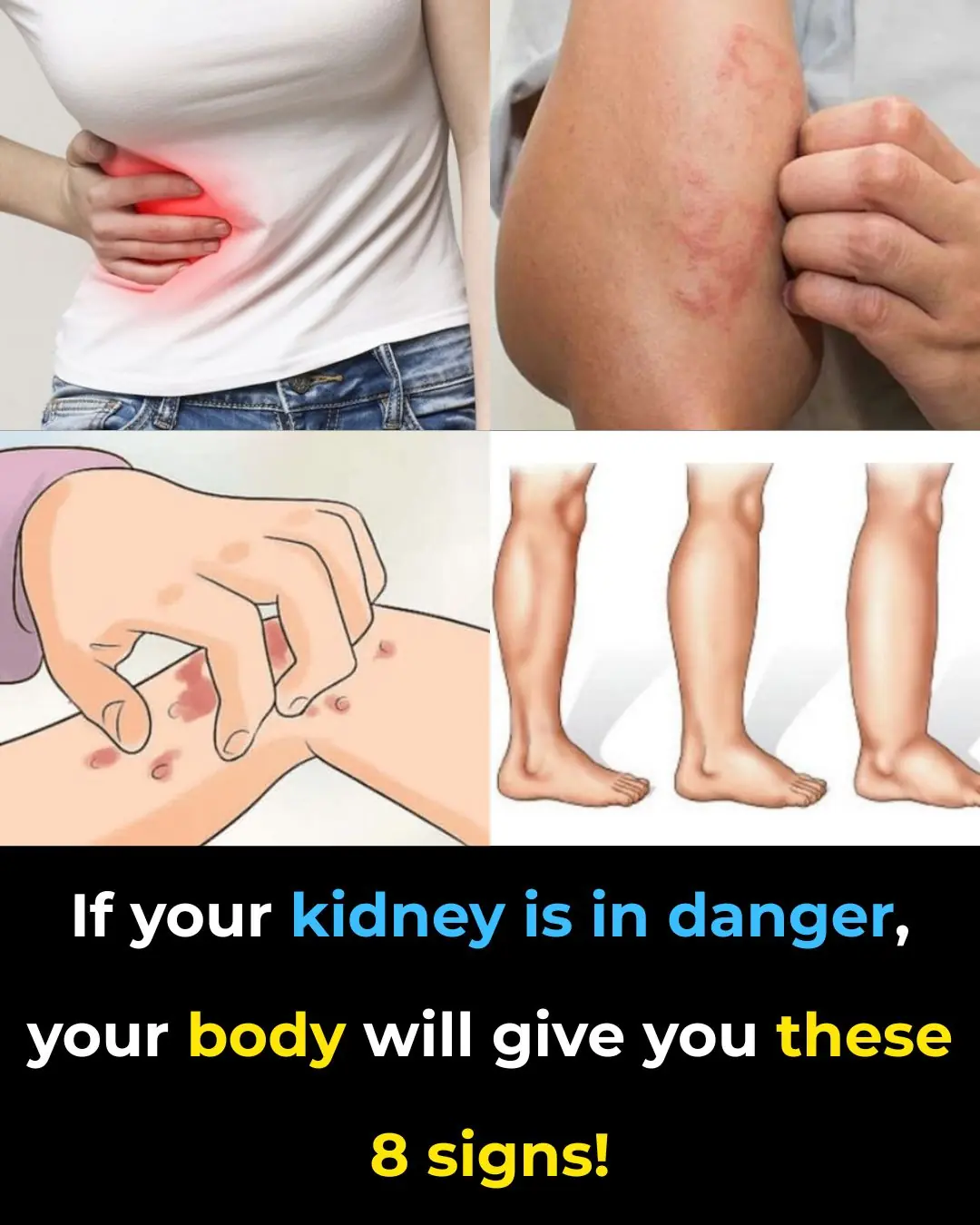
🩺 If Your Kidneys Are in Danger, Your Body Will Warn You With These 8 Signs

7 Ways To Instantly Stimulate Your Vagus Nerve To Fight Inflammation, Depression And Migraines

10 Worst Food for Diabetics: Top Foods to Avoid

HERE’S HOW TO QUICKLY EMPTY YOUR BOWELS AND END CONSTIPATION

1 Remedy to Naturally Get Rid of Snoring and Sleep Apnea
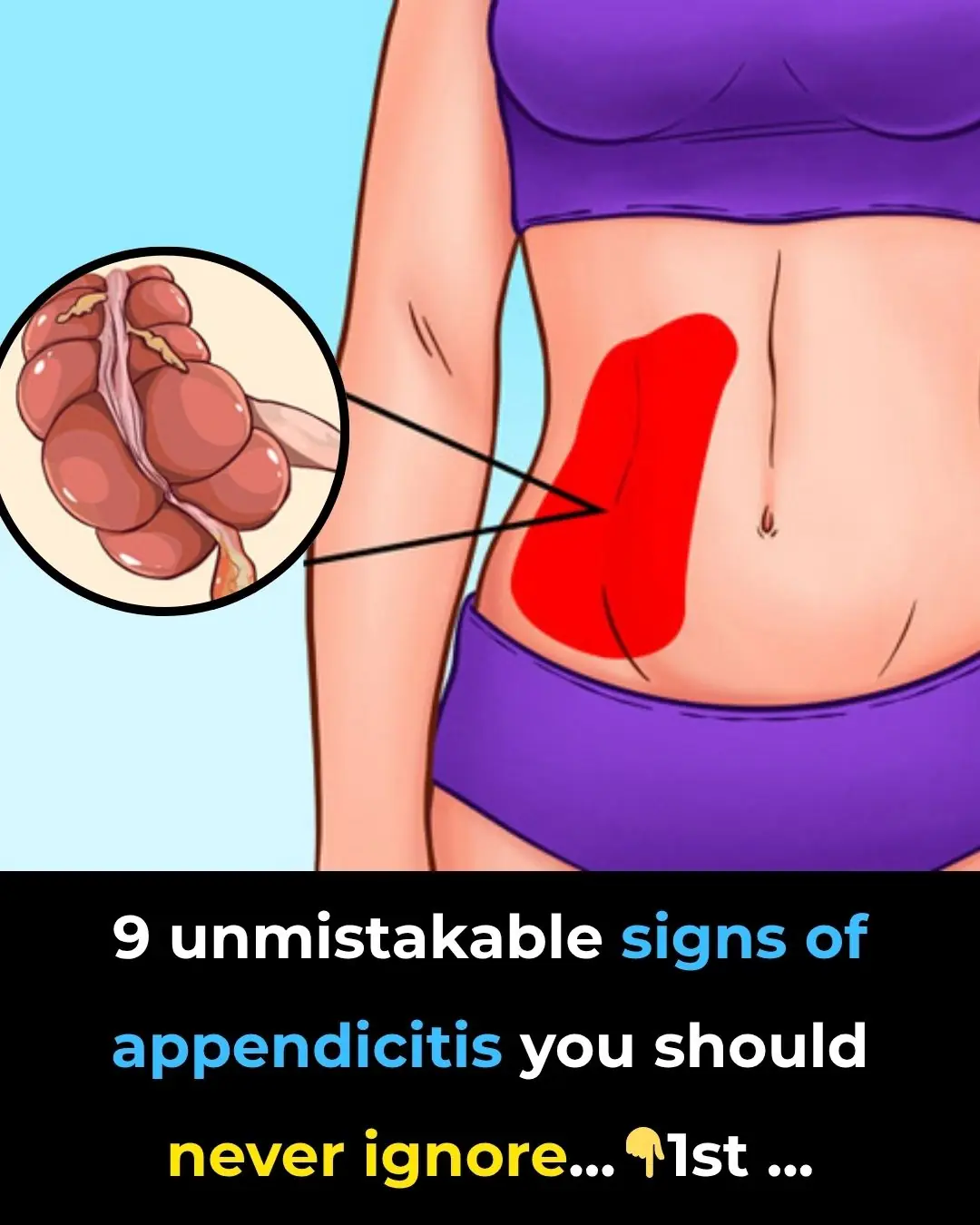
9 Unmistakable Signs Of Appendicitis You Should Never Ignore
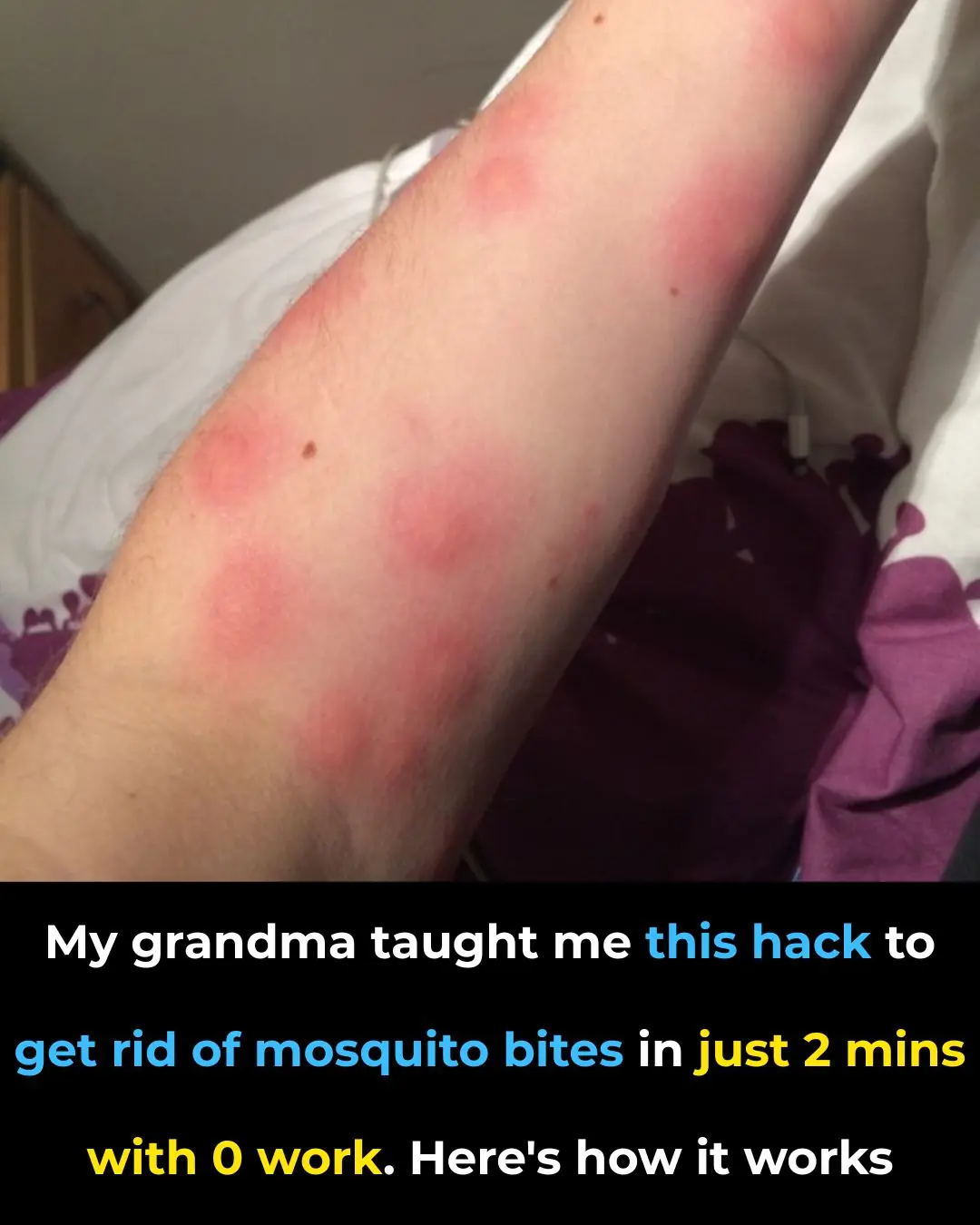
The Hot Spoon Hack for Mosquito Bites
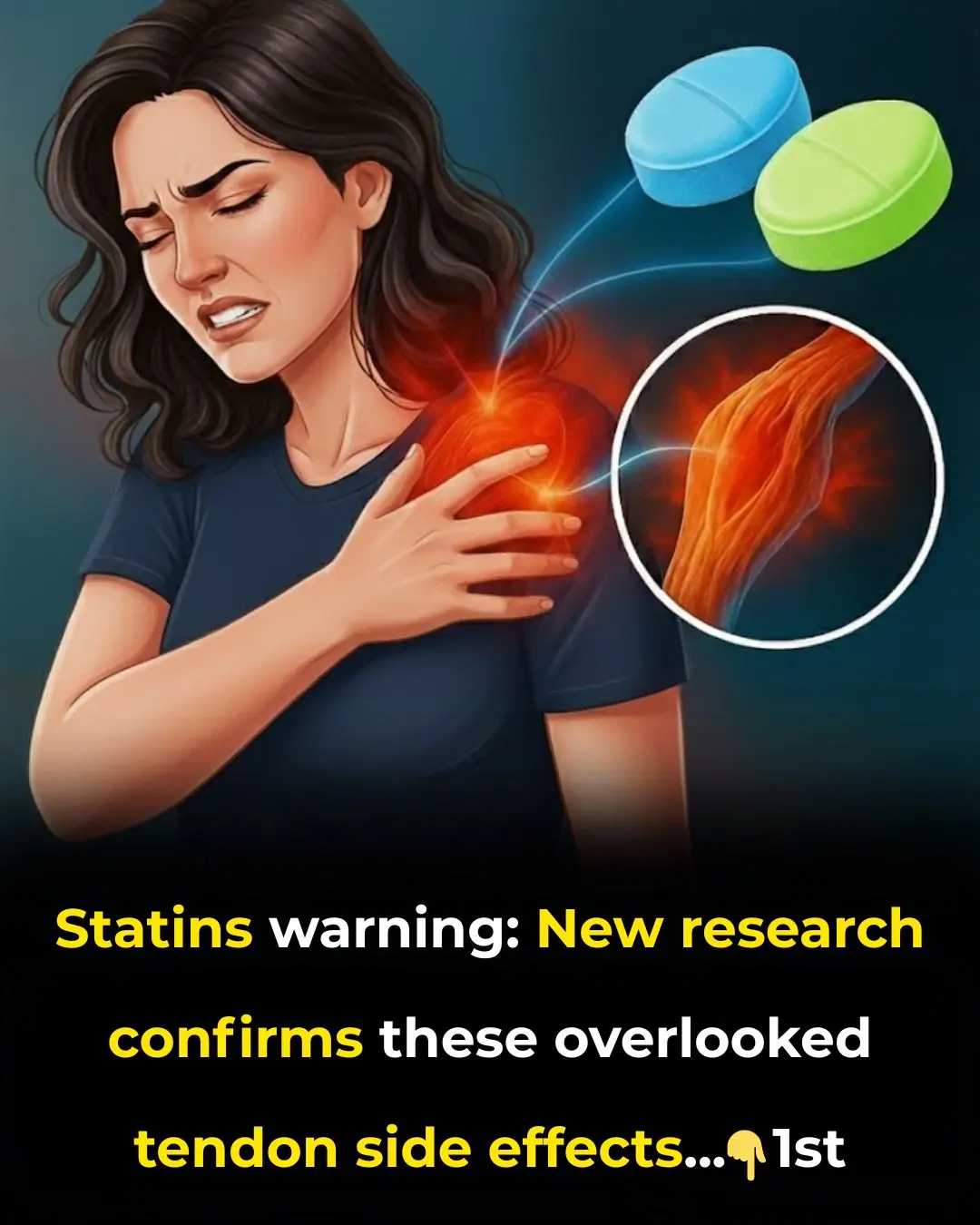
Statins warning: new research confirms these harmful side effects
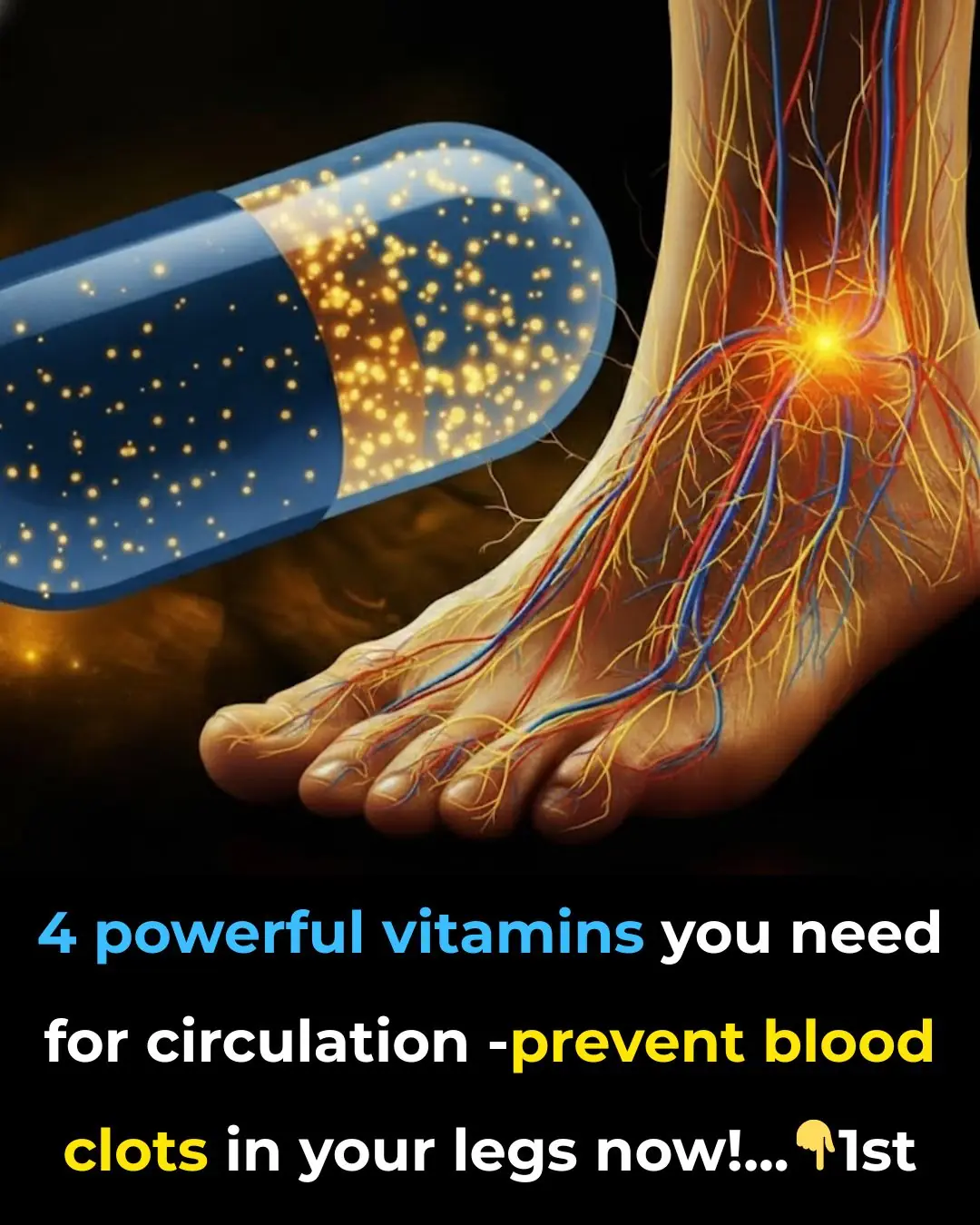
4 powerful vitamins you need for circulation – prevent blood clots in your legs now!

Too Friendly for Police Work, Perfect for Your Home: Adopt Former Service-Dog Trainees

Stem Cell Breakthrough Restores Natural Vision by Regenerating Damaged Corneas

COVID-19 Infection Poses Far Greater Health Risks Than Vaccination – New Large-Scale Study Confirms

A Newly Discovered Protein Switch Could Transform Cancer Treatment
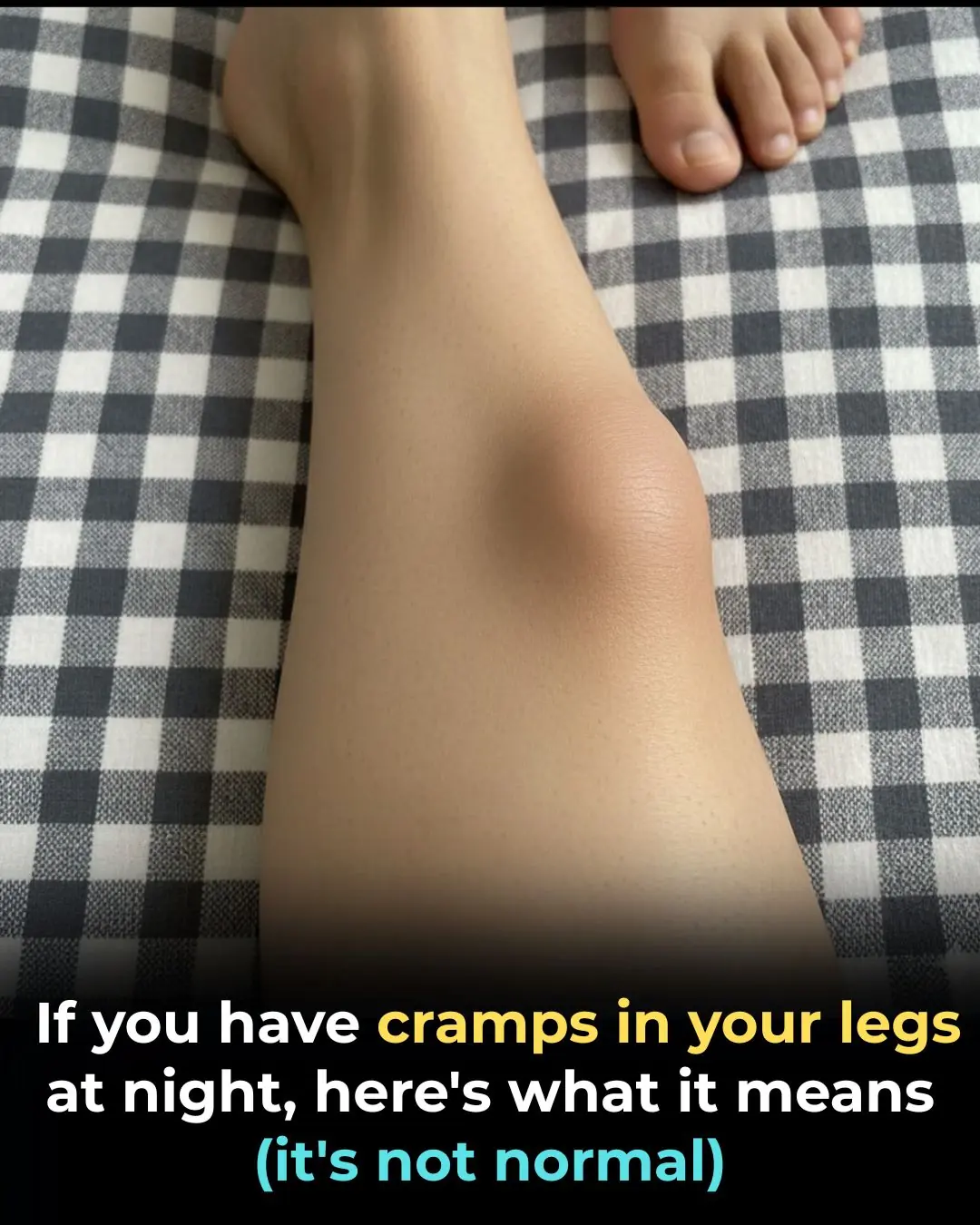
When Nighttime Leg Cramps Become a Concern

7 tips to eliminate dangerous blood fat
News Post

These 11 simple mistakes are giving you false high blood pressure readings – doctors confirm

More Than 300 Kidney Stones: A Startling Warning About Sugary Drinks and Dehydration

Vitamins Every Senior Needs for Stronger Legs

What It Means If You Always Need To Poop Straight After Eating

🩺 If Your Kidneys Are in Danger, Your Body Will Warn You With These 8 Signs

7 Ways To Instantly Stimulate Your Vagus Nerve To Fight Inflammation, Depression And Migraines

10 Worst Food for Diabetics: Top Foods to Avoid

HERE’S HOW TO QUICKLY EMPTY YOUR BOWELS AND END CONSTIPATION

Masterful Painting Of Jesus By 8-Year-Old—Says She Saw The True Face Of Jesus

1 Remedy to Naturally Get Rid of Snoring and Sleep Apnea
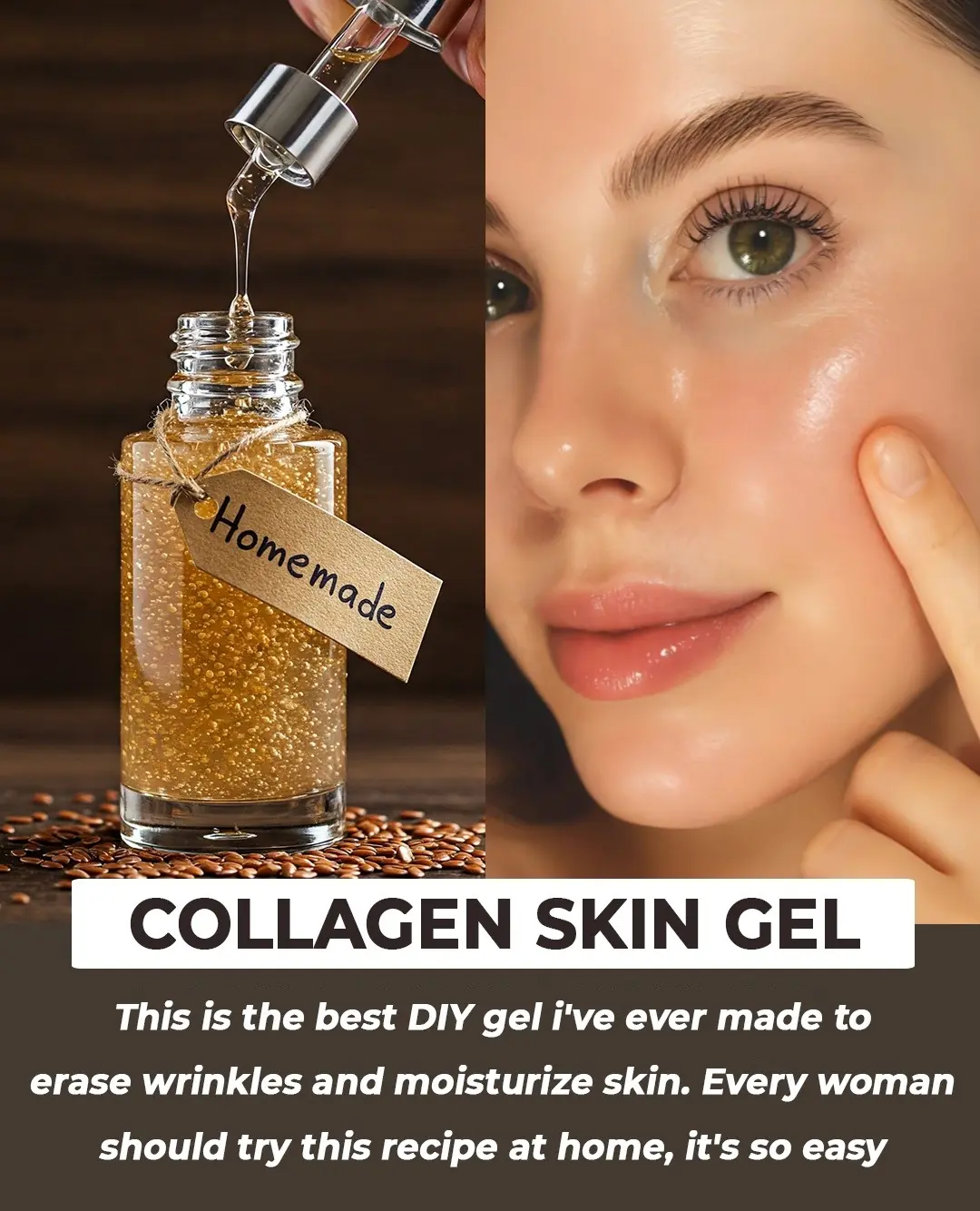
Unlock Radiant Skin: Your Comprehensive Guide to Homemade Flaxseed Gel
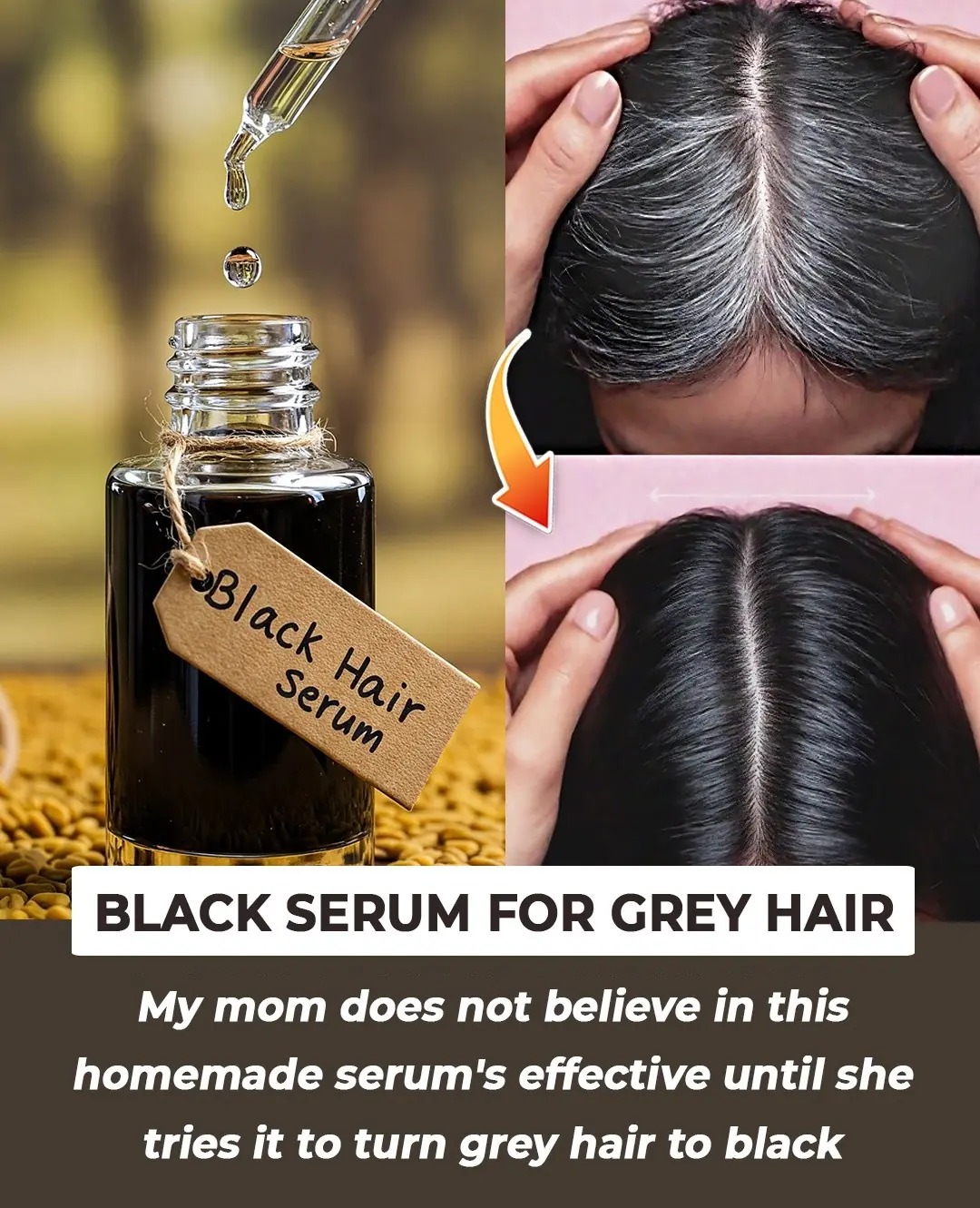
Can You Really Reverse Grey Hair? The Truth Behind Natural Remedies and Modern Treatments
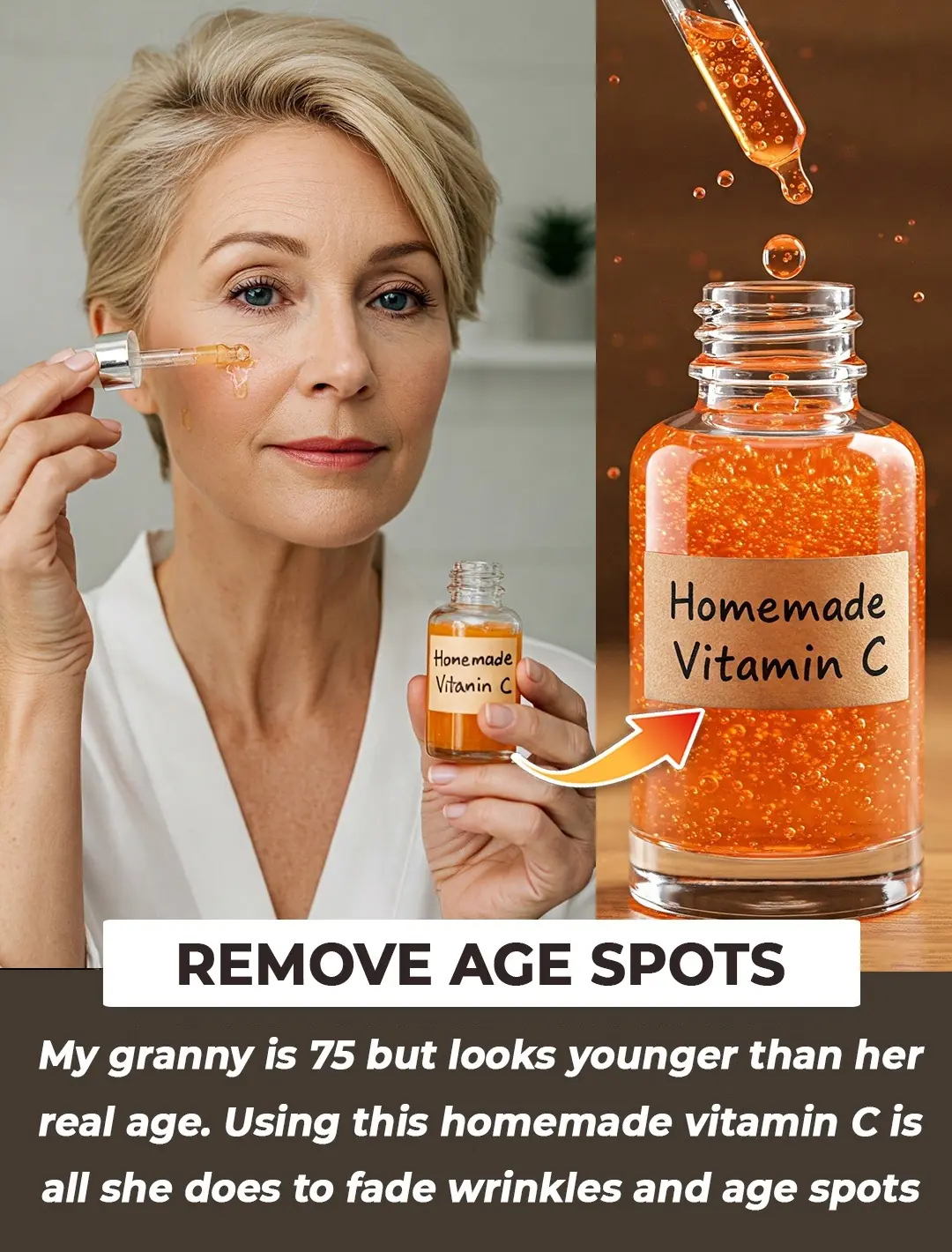
Homemade Vitamin C Serum: Your DIY Secret for Clear, Radiant Skin
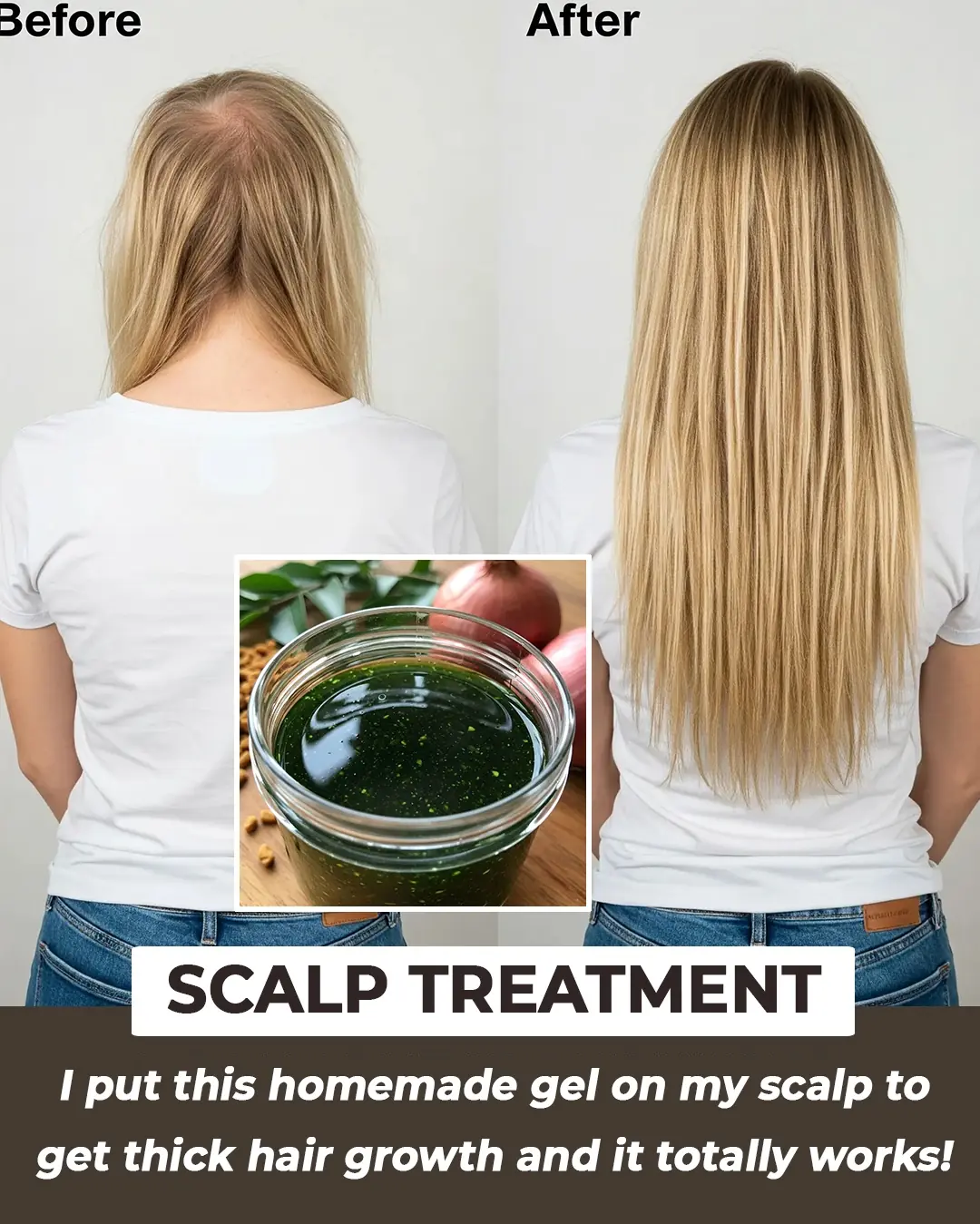
Homemade Tonic For Thick Hair Growth

Richard Gere reveals what he misses most after ditching the US for Europe

Flaxseeds Gel Night Cream To Prevent Early Signs Of Aging

Best Anti-Ageing Cream with Vaseline and Tomato

The Ultimate Guide to Dark Lips Treatment at Home: A Simple 3-Step Routine for Pigmented Lips
How to use Onion juice & Onion Hair Oil for Hair Growth – Onion Benefits for Hair
